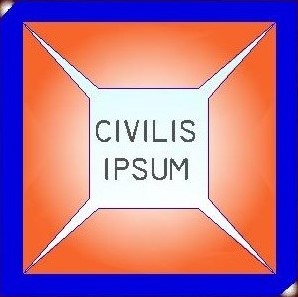Reading Time: 2 minutes
Tests required in materials proposed for soil-cement stabilization include:
- Liquid limit test (for classification)
- Plasticity test (for classification)
- Grading tests (for classification)
- Density/moisture content compaction test (to determine suitable Maximum Dry Density (MDD) and Optimum Moisture Content (OMC) for the California Bearing Ration (CBR) test)
- Laboratory CBR test
- Unconfined Compressive Strength (UCS) test
Procedure to determine the cement content (According to Clause 6229 of General Specifications for Roads and Bridges-Volume II-Revised 1997)
- Classify the soil based on AASHTO classification (using tests a – c above).
- Perform British Standard (B.S.) compaction on the soil to obtain MDD and OMC using the middle cement content applicable to the soil (see Table below).
- Mould the CBR and UCS specimens to this MDD and OMC.
- Establish relationship between cement content versus CBR and UCS for soaked and unsoaked specimens.
- Mould 3 CBR and 6 UCS specimens at each cement content, with a minimum of 3 cement contents eg (A-2 soil: 3%, 5% and 6%).
- Wax and cure all specimen for 6 days (except 3 UCS) specimens at each cement content which should be cured for 7 days and tested without soaking.
- Test all CBR specimen and the UCS specimens at each cement content after 24 hours soaking by complete immersion in water and allowed to drain for 15 minutes.
- Plot graphs of cement content versus CBR (soaked) and cement contents versus UCS (soaked and unsoaked)
- Establish the required cement content at 180% CBR for site mix or 160% CBR for plant mix and the corresponding values of UCS (soaked and unsoaked) for quality control in the field.
| AASHTO Soil Group | Usual range in cement requirement percent by weight of soil | Amended cement content by weight of dry soil | Estimated percent of cement used in moisture density determination by weight of dry soil | Percentage cement content by weight of dry soil for moulded specimen |
| A-1-4 | 4 – 6 | 2 – 4 | 3.0 | 2 – 3 – 4 |
| A-1-B | 4 – 7 | 2 – 5 | 3.5 | 2 – 3. 5 – 5 |
| A-2 | 5 – 8 | 3 – 6 | 4.5 | 2 – 4. 5 – 6 |
| A-3 | 6 – 9 | 4 – 7 | 5.5 | 4 – 5 – 6 |
| A-4 | 7 – 11 | 5 – 9 | 7.0 | 5 – 7 – 9 |
| A-5 | 8 – 12 | 6 – 10 | 8.0 | 6 – 8 – 10 |
| A-6 | 9 – 13 | 7 – 11 | 9.0 | 6 – 9 – 12 |
| A-7 | 10 -14 | 8 – 12 | 10.0 | 8 – 10 – 12 |
Note: Heavy clay soils ranging from A – 5 to A – 7 should be avoided where practicable.
Thanks for reading!

